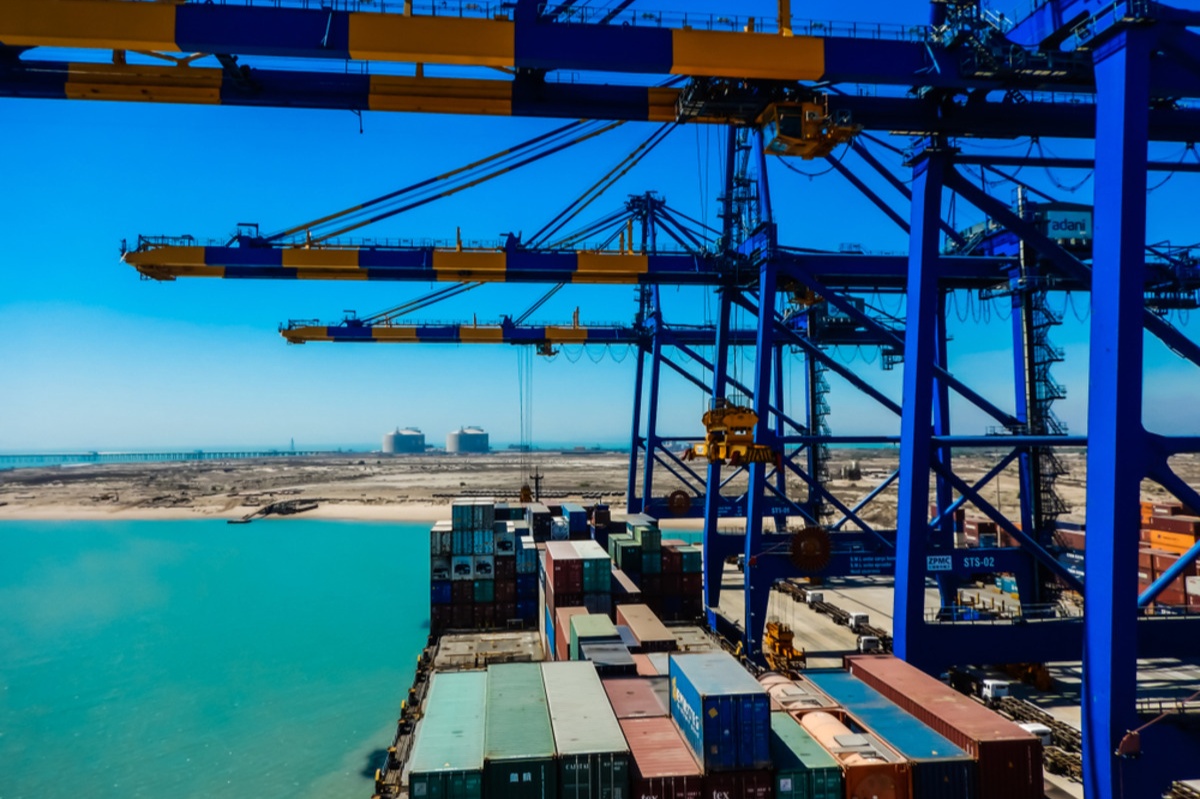India’s cabinet approved the development of a new deep-water port that the government says will be a crucial part of a plan to connect India to Europe by sea and rail through the Middle East.
The Vadhavan port will be constructed on India’s western coast, approximately 150 km (93 miles) from the financial capital Mumbai, at a cost of 762 billion Indian rupees ($9.14 billion), announced Information Minister Ashwini Vaishnaw.
The port will feature terminals capable of accommodating “mega vessels” as well as terminals for petroleum, automobiles, and other imports, with an annual capacity of 298 million metric tons, according to Vaishnaw. He stated that the first of two construction phases is expected to be completed by 2029.
“This will be an integral part of the India-Middle East corridor,” Vaishnaw said, referring to the plan announced in September on the sidelines of the G20 summit in New Delhi.
Vaishnaw emphasized that the new Vadhavan port will be “a major multiplier of economic activity in the future.”
Read more: India to buy back $4.81 billion worth of government bonds: RBI
Rising iron ore exports and coking coal imports drive growth
India’s major ports saw a 5 percent year-over-year increase in cargo traffic, including container movement, reaching 819.3 million tonnes (MT), driven by rising iron ore exports and increasing coking coal imports.
In the previous fiscal year (FY23), cargo traffic was 784.3 MT, according to data from the Indian Ports Association.
Coking coal and PCI (pulverized coal injection) shipments (including metcoke) increased by 10.24 percent to 65 MT in the last fiscal year, compared to 59 MT in the previous year, primarily due to strong domestic demand and increased production. Steel consumption in India increased by 14% to 136 MT, while finished steel production grew by 12.4 percent to 138.5 MT. Coking coal is a key raw material for steel production, and India is one of the largest importers globally.
On the other hand, iron ore shipments increased by 33 percent year-over-year to 61 MT, up from 46 MT in FY23. Increased buying from China, especially until January, led to a three-year-high in outbound shipments.
The other segment that saw increased movement was petroleum offerings, which stood at 246 MT, up 5 percent year-over-year. Shipments, both inbound and outbound, in the petroleum, oils, and lubricants category were at 234 MT a year earlier.
India’s major ports, managed by the Shipping Ministry, include Syama Prasad Mookerjee Port (formerly Kolkata Port Trust), Paradip, Vishakhapatnam, Kamarajar (or Ennore port), Chennai, VO Chidambaranar, Cochin, New Mangalore, Mormugao, Mumbai, Jawaharlal Nehru Port Authority (JNPA), and Deendayal.
For more news on logistics, click here.




